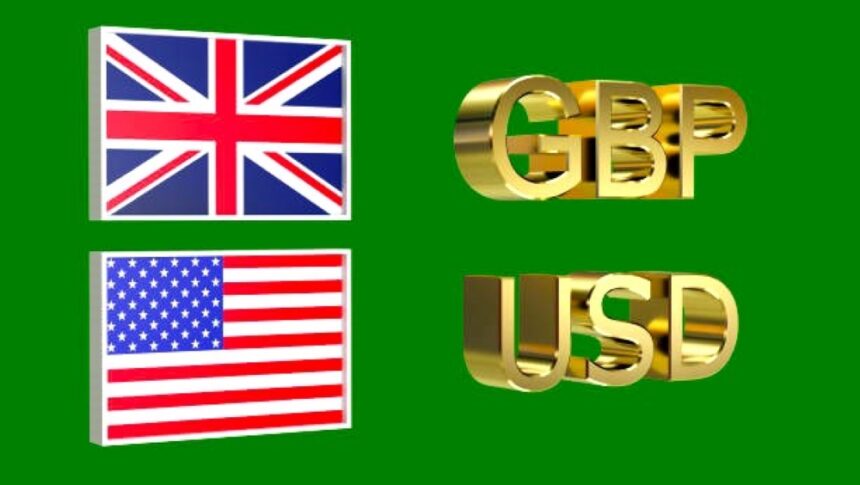Pound Sterling continues under pressure, although it may recover as market players reconsider the BoE’s rate-cutting course.
The Pound Sterling (GBP) is marginally weaker against its major rivals at the start of the week. The British currency, which has suffered in the previous weeks on the general assessment that the Bank of England (BoE) will cut interest rates rapidly, may now be facing a different scenario after the announcement of strong United Kingdom (UK) Retail Sales. Data for September.
UK retail sales statistics for September may reduce hopes that the BoE will opt for significant interest rate cuts.
Retail Sales figures, a crucial measure of consumer spending, unexpectedly climbed by 0.3% month on month. Economists expected consumer spending to fall at a similar rate.
Before the UK Retail Sales report, traders began pricing in the BoE’s decision to cut interest rates in both of its remaining policy meetings this year, citing decreasing inflation. However, strong Retail Sales data expected to impact on wagers that the BoE would drop its benchmark borrowing rates in December.
Investors will be watching BoE Governor Andrew Bailey, Governor Sarah Breeden, and policymaker Megan Greene’s statements.
Investors will be watching BoE Governor Andrew Bailey. Governor Sarah Breeden, and policymaker Megan Greene’s statements on Tuesday for fresh interest rate direction. Bailey will talk many times throughout the week.
On the economic front, investors will concentrate on The preliminary S&P Global/CIPS Composite Purchasing Managers’ Index (PMI) data for October will be released on Thursday. The overall business activity projected to have grown at a slower rate.
Daily market movers: Pound Sterling underperforms the US Dollar.
During Monday’s London session, the pound sterling fell to around 1.3020 against the US dollar. The GBPUSD pair is under pressure as the US dollar maintains its upward trend following a minor retracement on Friday. The greenback rises on hopes that the Federal Reserve’s (Fed) policy-easing cycle will be more gradual than previously forecast.
According to the CME FedWatch tool, 30-day Federal Funds futures pricing data indicates that the Fed will cut rates by 50 basis points (bps) in the remaining year, suggesting that the US central bank will decrease borrowing rates by 25 basis points in November and December. The Fed appears to be on a mild policy-easing cycle. As a spate of positive United States (US) statistics for September has reduced the prospects of an economic slowdown.
However, Atlanta Fed President Raphael Bostic stated on Friday that he expects only one rate cut in the next two sessions this year. Bostic added that he believes the federal funds rate will be between 3% and 3.5% by the end of 2025, but he is not in a hurry to attain this neutral level.
Meanwhile, the immediate reaction in the US Dollar will be determined by how future speculation about the US presidential elections develops. Currently, According to Emerson College, Vice President Kamala Harris is leading former President Donald Trump in national polls.









